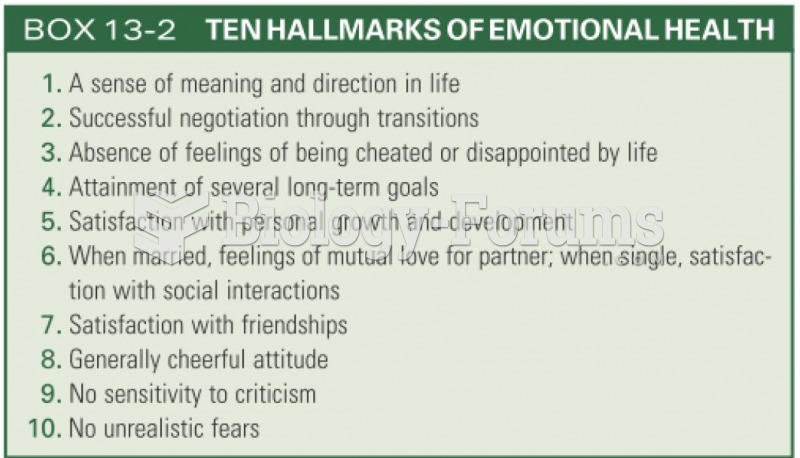Answer to Question 1
Correct Answer: 1
Rationale 1: Rapid acetylators inactivate the drug so quickly that it will not produce a therapeutic effect.
Rationale 2: There is no documented proof that clients of Japanese descent are any more or less allergic to isoniazid than any other ethnic group.
Rationale 3: All ethnic groups require medication to treat tuberculosis.
Rationale 4: People of Japanese descent are not slow acetylators.
Global Rationale: Rapid acetylators inactivate the drug so quickly that it will not produce a therapeutic effect. There is no documented proof that clients of Japanese descent are any more or less allergic to isoniazid than any other ethnic group. All ethnic groups require medication to treat tuberculosis. People of Japanese descent are not slow acetylators.
Answer to Question 2
Correct Answer: 2
Rationale 1: Methylphenidate (Ritalin) is a short-acting drug, and doses must be administered about 4 hours apart, so the client must receive a dose during school hours.
Rationale 2: Some clients believe that having to take drugs in school will cause them to be viewed as weak, unhealthy, or dependent. Clients can also perceive this as a social stigma.
Rationale 3: Appropriate treatment of ADHD will result in less addiction, not more addiction, to mood-altering substances.
Rationale 4: ADHD is a brain-based disorder, and the primary treatment is medication; alternative coping mechanisms do not usually help to increase focus.
Global Rationale: Some clients believe that having to take drugs in school will cause them to be viewed as weak, unhealthy, or dependent. Clients can also perceive this as a social stigma. Methylphenidate (Ritalin) is a short-acting drug, and doses must be administered about 4 hours apart, so the client must receive a dose during school hours. Appropriate treatment of ADHD will result in less addiction, not more addiction, to mood-altering substances. ADHD is a brain-based disorder, and the primary treatment is medication; alternative coping mechanisms do not usually help to increase focus.








